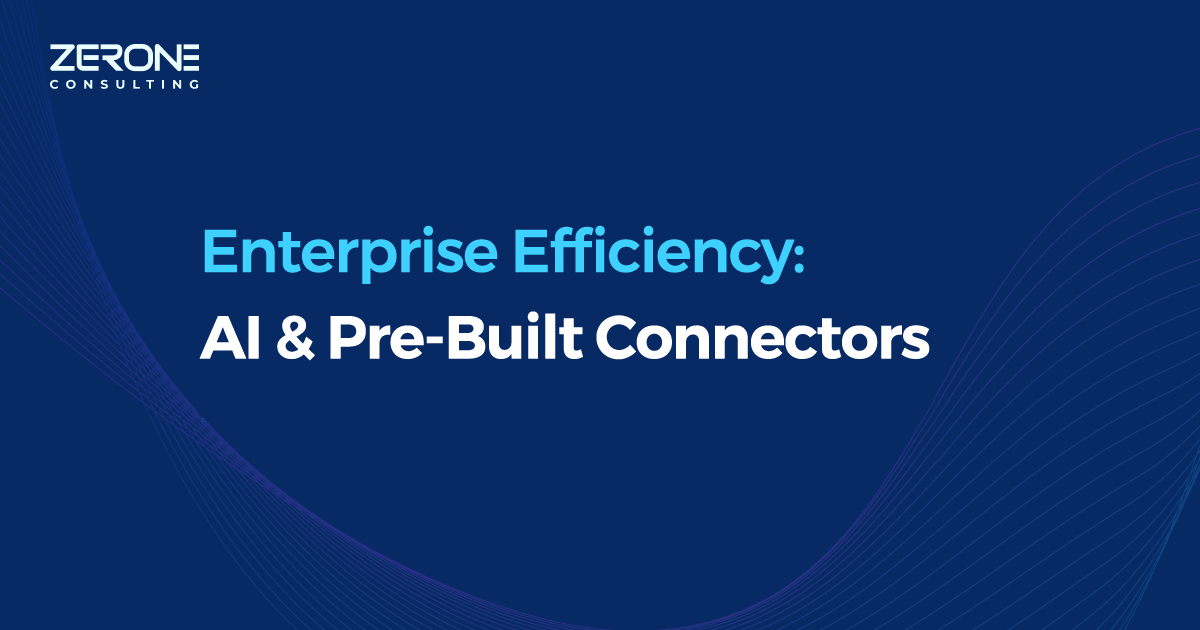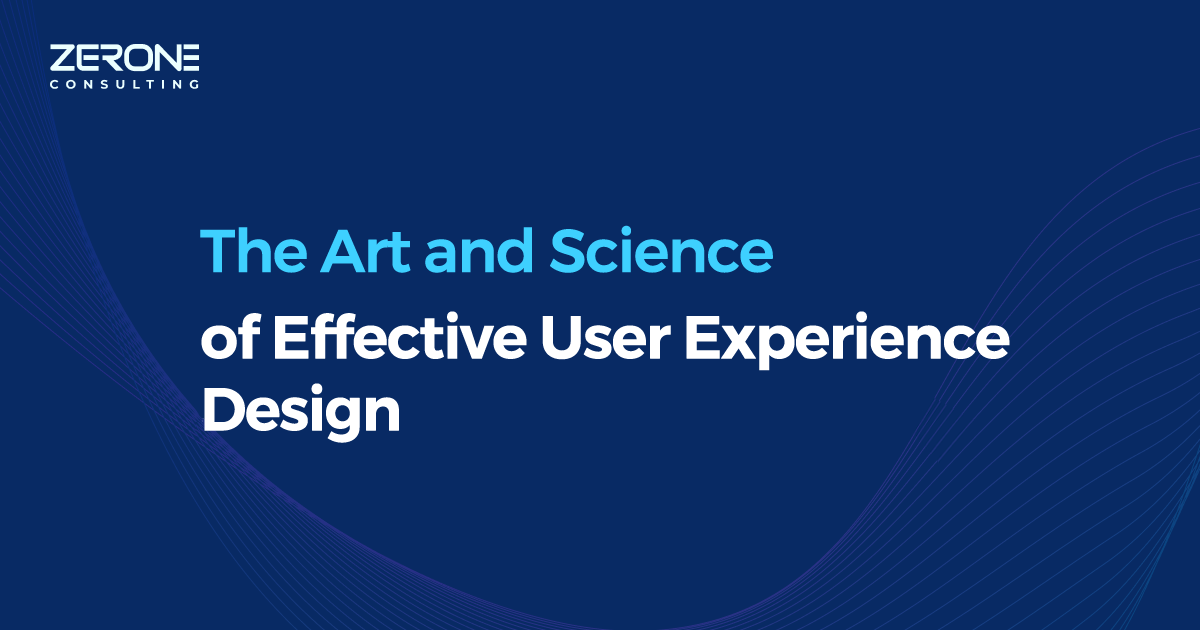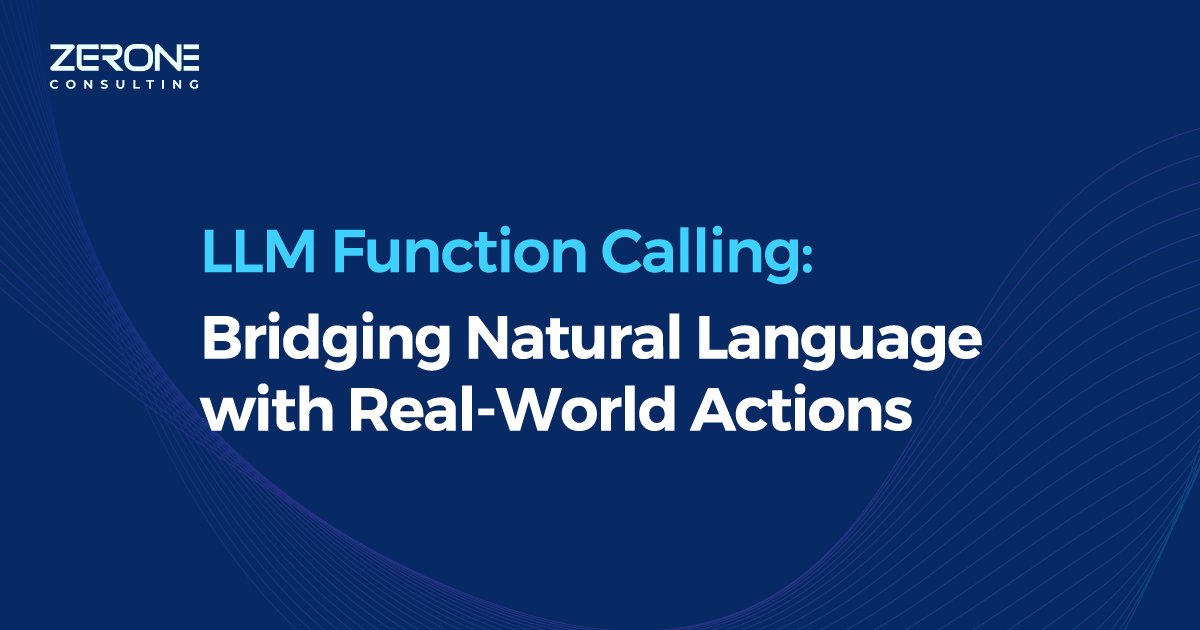How to Improve Efficiency in Enterprise Operations by Bridging Data Workflow Gaps Using Pre-Built Connectors and AI Agents
You are an enterprise looking to optimize costs by leveraging the latest technology with minimal effort.
You may be using multiple software applications to carry out day-to-day tasks and other activities. Some systems may be integrated with each other, while others may not.
You may have separate teams assigned to each department, along with additional members dedicated to manually bridging the gaps between software systems.
The real challenge is that it can lead to human error and delays in fulfilling requirements. In most cases, only one or two people understand the exact data flow and the corresponding software used to collect or connect the data, which creates a dependency.

How to overcome
A detailed study of the existing software, data, processes, and execution methods needs to be conducted to identify areas where automation or semi-automation can be implemented.
Some scenarios
Let's assume a company manages its operations through software, emails, and various third-party websites. Typically, the company may assign multiple people to review all these channels and act only on relevant requests.
In this case, we need to closely track emails and third-party websites. Doing this entirely manually can lead to human error and delays.
We can implement a connector to access all emails and apply rule-based logic along with machine learning predictions to filter only the relevant ones. This can be easily achieved using tools like Azure Logic Apps or Amazon AppFlow, or through fully customized solutions using Azure Functions or AWS Lambda. An AI agent architecture is also a strong option, as it can dynamically invoke the appropriate third-party tools based on context.
Once the relevant requests are identified, we can either directly integrate with existing software or provide an intermediate user screen for manual verification. This will help eliminate any minor errors, reduce manual effort, and allow more requests to be handled without adding additional human resources.
Pre-built connectors available on Azure and AWS cloud platforms, including those for APIs, email, Microsoft Teams, SharePoint, social media, cloud storage, data services, Salesforce, SAP, ServiceNow, and more Thes low-code options helps to integrate solutions quickly and at minimal cost.
Adopting the concept of AI agents can significantly enhance efficiency. However, selecting the appropriate model is equally critical. A custom AI agent can automatically trigger the right tools or third-party services to streamline workflows. It's important to thoughtfully design the agent orchestrator deciding whether to implement sequential, parallel, or hierarchical execution based on the specific use case
Let's assume a scenario where a user asks a question to a chatbot in the healthcare domain. If the solution does not involve an AI agent, the system will simply process the prompt and a GenAI model will respond based on its learned data. However, with an AI agent architecture, a multi-model approach can be implemented. For example, a master agent can first validate the user's segment and determine which department the question relates to. Based on this, if we have specialized agents for each department and user persona, the system can deliver more accurate and relevant responses compared to a non-agentic architecture.
If you're still not adopting these types of automation, you risk falling behind in your progress. The winning strategy is always to maximize productivity with minimal resources, so leverage these innovative approaches to become a leader in your field.
Zerone Consulting consistently helps enterprises bridge this gap by crafting tailored technology solutions that align with their existing data flow and operations, all while ensuring zero disruption to current processes. We offer specialized integration teams for various domains.
We can help!


